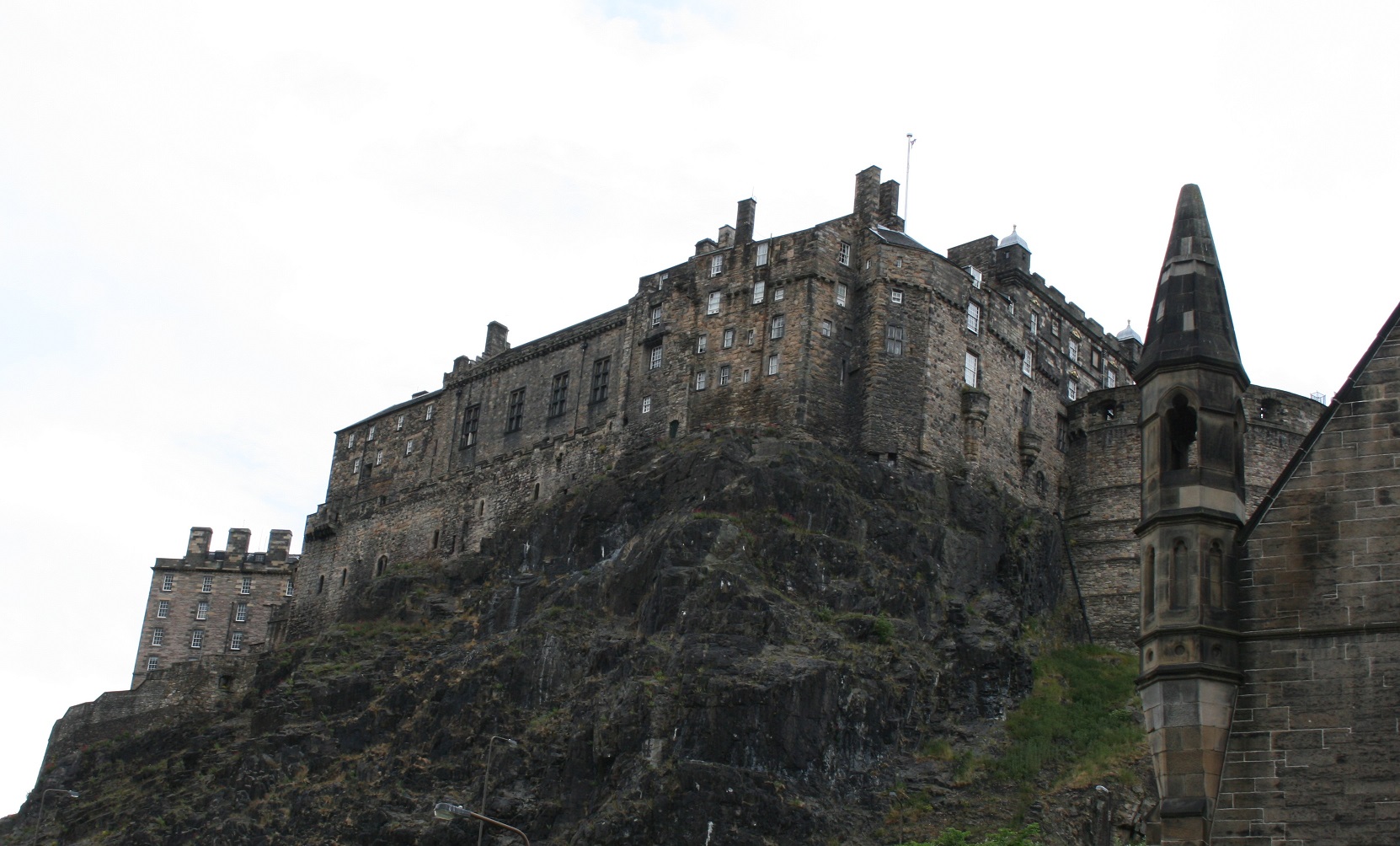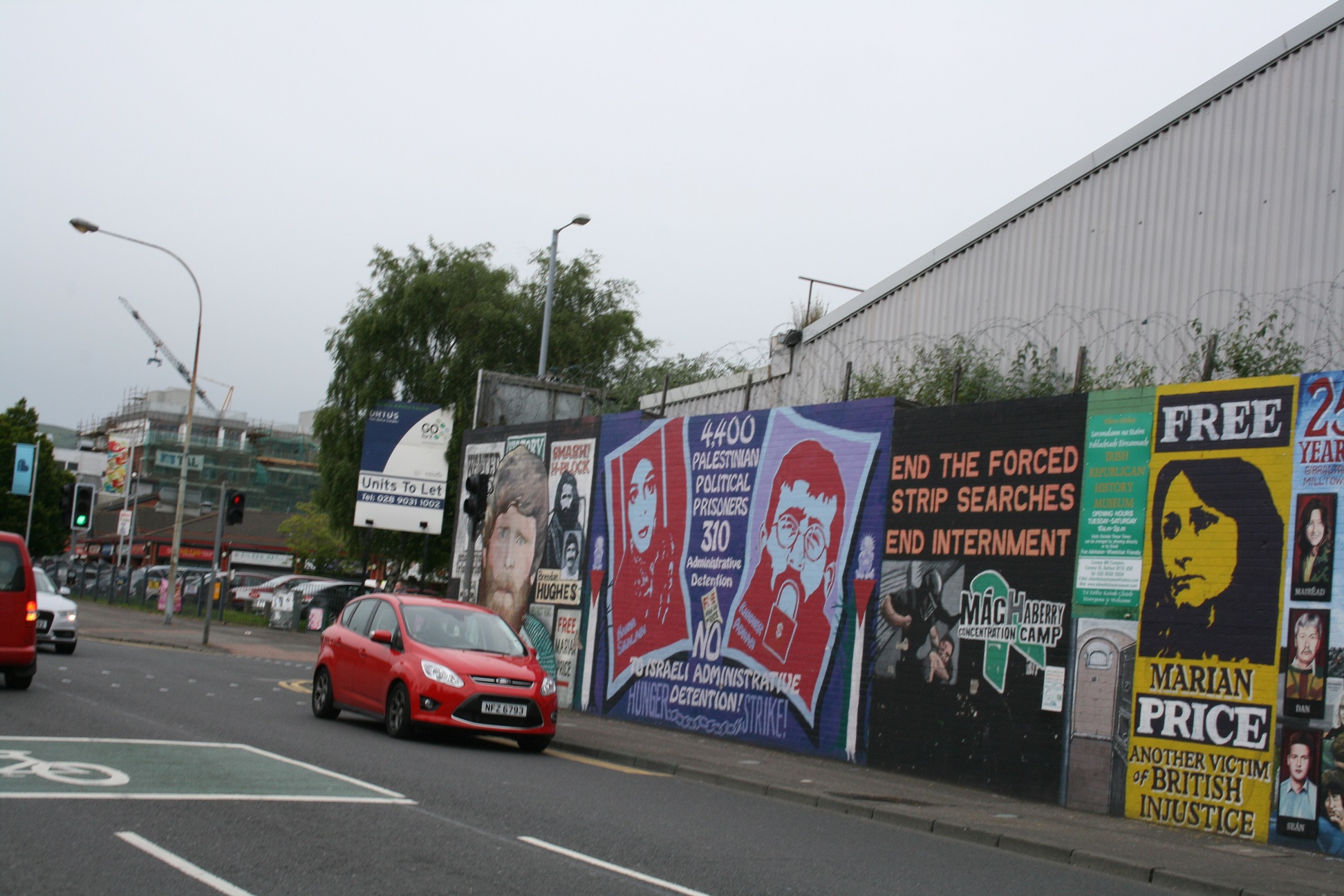By Kyle Herda
Impunity Watch Reporter, Europe
KIEV, Ukraine – The already shaky truce between Kiev and the pro-Russians in Eastern Ukraine has been faltering lately. Fighting has intensified in Donetsk and the death count is beginning to climb yet again.

Fighting has particularly focused on a strategic airport in Donetsk, where it appears that pro-Russian rebels may be close to capturing it. Capturing this airport would allow easy access for bringing in supplies to the rebels’ territory. While Col. Andriy Lysenko, a military spokesman speaking for Kiev, has claimed in a briefing that Kiev holds control over the airport, the rebels dispute this claim. The rebel leader, Alexander Zakharchenko, claims that the rebels controlled 90 percent of the airport, and that “[i]n two or three days, we will take control of the Donetsk airport.”
Fighting near the airport has taken the lives of at least 9 soldiers in the Ukrainian army and wounded 27 more, all in just one day of fighting.
Six civilians were killed near the airport as shelling hit a minibus. A school near the airport was also hit by shelling over 200 people were believed to be at the school when it came under shelling that left at least 10 dead. This was the first day that students in rebel-held land returned to school, as heavy fighting in Eastern Ukraine over the past month or more has made it too dangerous.
Amid all of this renewed fighting in the East is the news that on October 26 will be national parliamentary elections that could either heal or hurt the country. While new officials may aid in bringing everybody together to come to peace, the players in the election appear to be separating to their respective corners. The pro-Russians have taken their stance against Kiev and the West, while the pro-Western side has seen a split between mere pro-Westerners and more extreme Ukrainian nationalists.
Two former members of the former President Viktor Yanukovich’s Party of the Regions were attacked this month by protestors. First, Vitaly Zhuravsky, known for his bills against anti-government protesting, was thrown into a dumpster by an angry mob.
Now, Nestor Shufrich, also a former member under the former President’s Party of the Regions and a defender of the pro-Russian rebels, was attacked by a mob in the Black Sea port of Odessa. While out campaigning against pro-Western and Ukrainian nationalist parties, angry protestors mobbed Shufrich and beat him until he was hurried into a van to be taken away.
While both parties maintain that the cease-fire continues to hold, it appears more and more by the day to be only in name.
For more information, please see:
The Washington Post – Fighting intensifies in Ukraine as pro-Russian rebels move on Donetsk airport – 1 October 2014
DW – Shells hit school in Donetsk – 1 October 2014
The New York Times – Ukraine: Politician Is Attacked While Campaigning – 30 September 2014
Vice News – Ukraine Clashes Kill 12 as Donetsk Airport Battles Threaten Fragile Ceasefire – 29 September 2014
CNN – 9 Ukrainian soldiers killed in Donetsk fighting – 29 September 2014
NBC – Angry Mob Tosses Ukrainian Politician Into the Trash – 16 September 2014




